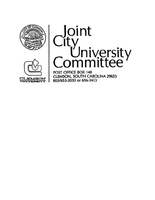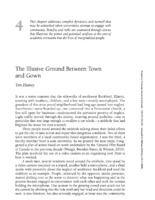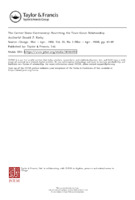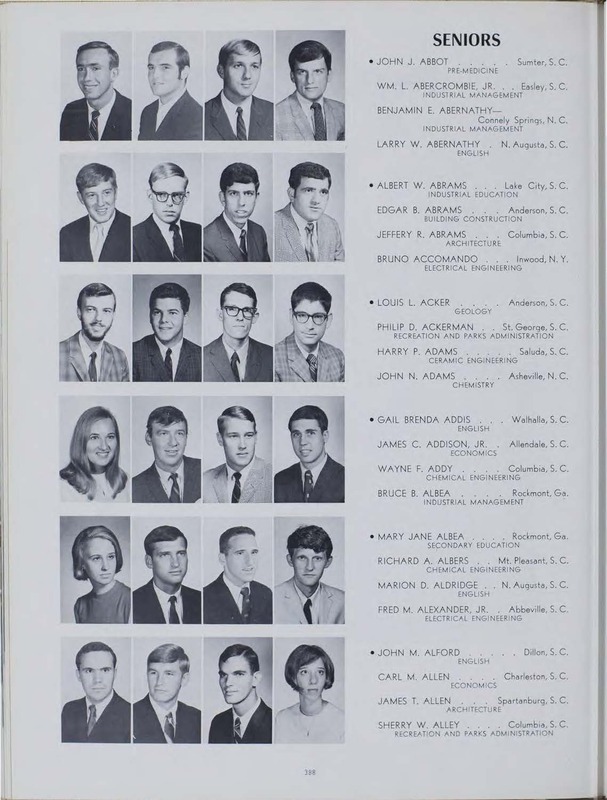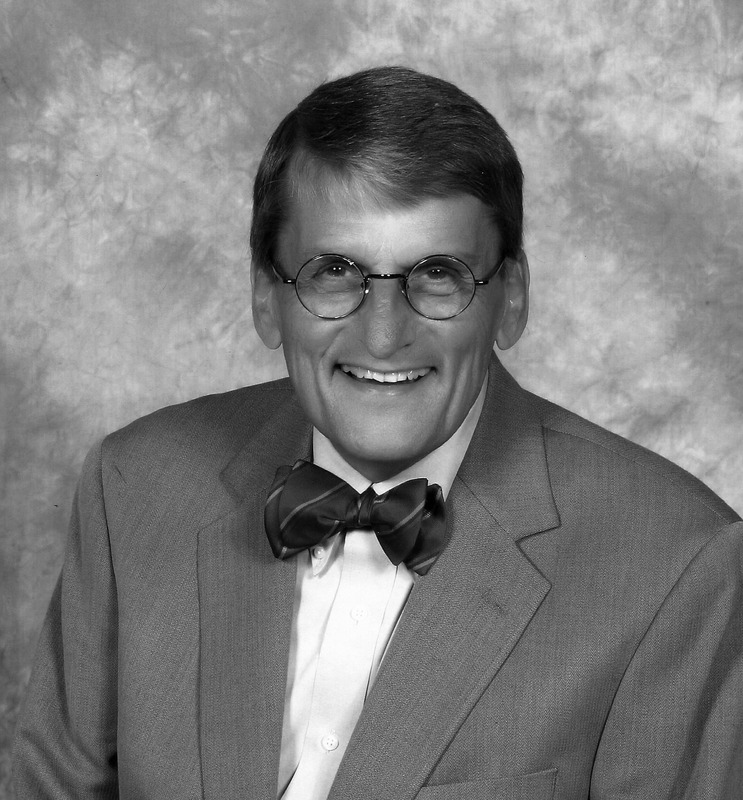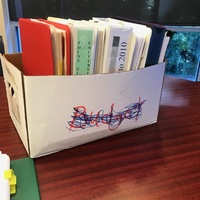Overview
Clemson Town & Gown Overview
The phrase “town and gown” comes from the Middle Ages when universities developed as cloistered, independently functioning entities. The students donned open-fronted black “gowns,” which provided warmth and distinguished them similarly to their faculty counterparts. In need of services provided by the populace outside, universities drew distinction from the companion “town”. Ultimately the term “town and gown” carried over the centuries to modern times.
Current interactions between cities of all sizes that share a common boundary with institutions of higher education (college, university) fall into a range of qualitative categories. Whether late in the 20th century or early 21st century, it is rare to find a town and gown partnership that leaves no interactive trace. Instead, an overview of several secondary articles yields a range of specific characteristic descriptors of the relationships.
- Illusive – The Illusive Ground Between Town and Gown – A professor who crosses the boundary of university and community examines stories taken from a variety of timeframes and community types to dive deeper in the “illusive ground” referenced in the title of this article. When the institution of higher education becomes foregrounded to the local community, issues involving dominance and privilege arise. On another hand, influence by faculty skills taken behind the scenes into citizen-led activisim can deliver positive outcomes from the partnership. All illustrations in this article rely primarily on urban concerns In and around Chicago, IL from 1970 to 2010.
- Controversial – The Carrier Dome Controversy: Rewriting the Town-Gown Relationship – As the title suggests, tension followed by outright dispute transpired during the construction of a major domed facility on the campus of Syracuse University in the late 1970’s. Agreements among the city, county and university later soured over the financial success of the 50,000-seat facility. Ultimately, legal action by the university on behalf of protecting the tax-exempt status of the Carrier Dome, which was named for the Syracuse-based Carrier Corporation, brought the controversy to a head. While this situation involved millions of dollars and took years to resolve, the dynamics reflect similar possibilities for town-gown relationships in locales such as Clemson City and its partner University. Ultimately the Carrier Dome situation benefitted from the election of a new City Mayor, who contributed to extra-legal negotiations that resulted in an agreement suitable for all.
- Partnering – Partnering for Economic Development: How Town-Gown Relations Impact Local Economic Development in Small and Medium Cities – While addressing the prospects of students as a “creative knowledge base gown” for future employment within the partnering “town” as reason to increase graduate retention, the idea provides a clear lens for a historic look back at a positive town-gown relationship. Increasing the future graduates’ job prospects, along with internship possibilities within city administration and surrounding small and industrial businesses, becomes a platform for increasing students’ sense of place.
When taking the foundational course HIST 8500 Digital Methods for History offered for the first time at Clemson University in fall 2020, we were encouraged to choose a Thematic Research Collection that originated within the University. Because my personal life experience involved the City of Clemson during the administration of Mayor Larry W. Abernathy which went from1985 to 2012 (Coleman, B personal communication), I began my investigation there. In The High Seminary, Volume 2: A History of Clemson University, 1964-2000, by Jerome Reel, I discovered that Abernathy was a two-time alumnus of Clemson University (Taps, 1969, M 1973). Reel goes on to say, “He was one of the founders of Clemson’s well-known town-gown committee, which tied more closely the University and the city.” This brief statement on page 364 directed my investigation toward what was officially called the Joint City/University Advisory Committee, informally the town-gown committee.
While Larry Abernathy’s mayoral leadership began in 1985, I decided to narrow my timeframe to a single University President. In this case, A. Max Lennon. Lennon became President of Clemson University in 1986 and remained in that position until 1994. A more truncated segment of this City/University leadership pair became the focus of my research.
While these leaders did not found the Joint City/University Advisory Committee, they ultimately drew up and signed the original Memorandum of Understanding that cemented its purposes (MOU, Oct 1, 1990) and strengthened its future. Prior to that date, however, President Lennon faced a city-based challenge to his potential reach across the community boundary even prior to his first day in office. As will be explained more fully, city neighbors assumed goodwill through a complaint about football game-day trash!
Two other incidents will round out this brief research compendium that ties together these leaders, their joint institutional committee, and a much larger historical period. First is the mighty step taken by the City of Clemson via the Mayor, City Administrator and City Council to annex the land mass of Clemson University in 1992. While sounding more independently powerful and alarming than it actually was, this proposed action resulted in a white paper study, thus refinement of future related partnerships. The second extended event involved the prospect of the University hosting the new Carolina Panthers’ first season at Death Valley. Of course, this agreement brought significant impact to the City of Clemson as well. Several communications between Mayor Abernathy, President Lennon and the Joint City/University Advisory Committee set the stage for what happened next.
About
This Thematic Research Collection was created as a course requirement for HIST 8500 - Digital Methods for History at Clemson University in Fall 2020. I would like to thank Professor Doug Seefeldt, Clemson University Archives & Special Collections Librarians Brenda Burk, Krista Oldham, and Tara Seefeldt, and City of Clemson "archivists" Beverly Coleman and Leslie Newton for their assistance. Giving great appreciation to Jessica Serrao and Clayton Ruminski for Omeka training too.
I am a seventh-year Senior Citizen Student at Clemson University which clearly makes me a life-long learner!
